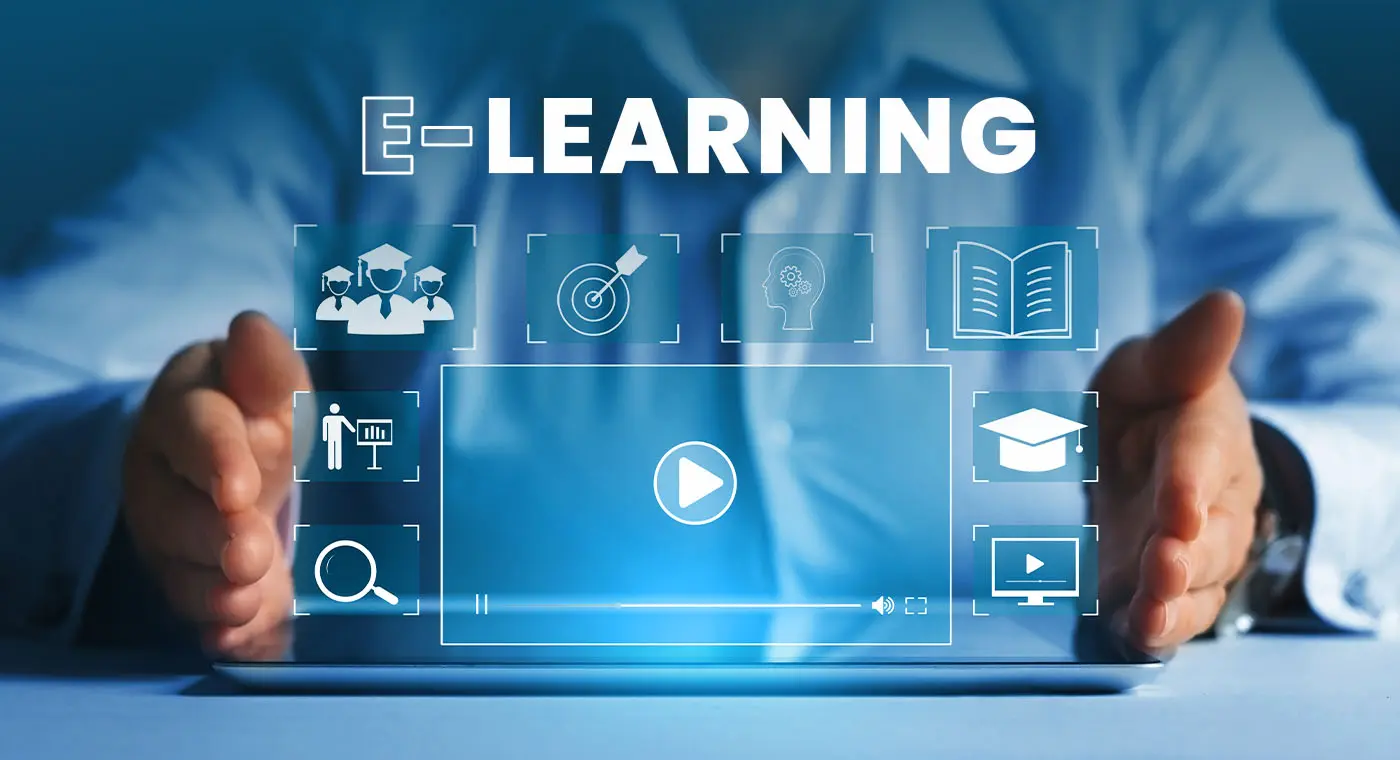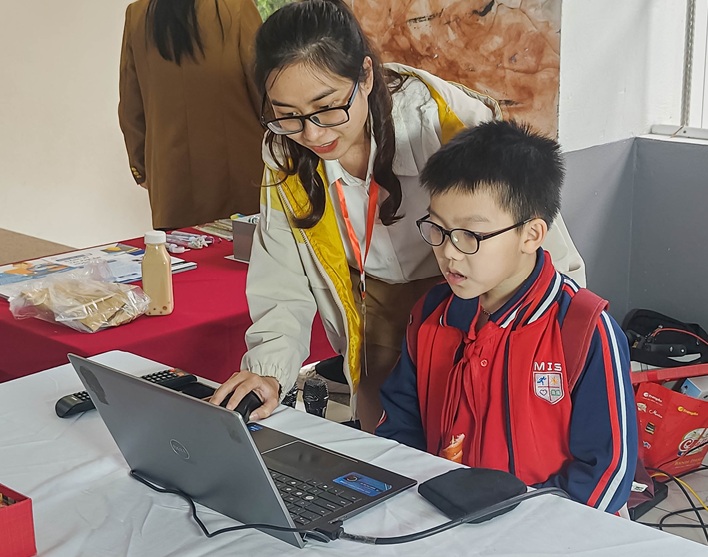The Powerful Impact of Video on Teaching and Learning: Insights from Professional Research
Impact of Video on Teaching and Learning

The use of video in education has revolutionized the way teaching and learning are conducted, providing a dynamic and engaging platform that enhances the educational experience. Numerous studies have demonstrated the profound impact of video on both teaching methods and student learning outcomes. This article explores these impacts, drawing on professional research to highlight the benefits and best practices of incorporating video into education.
Enhancing Student Engagement and Motivation
One of the most significant benefits of using video in education is its ability to engage students more effectively than traditional teaching methods. According to a study by the Online Learning Consortium, video helps educators build and foster authentic relationships with students, which is crucial for engagement and motivation. Videos capture students' attention with their dynamic visual and auditory elements, making learning more interactive and enjoyable.
Research published in the Educational Psychology Review found that video-based learning can increase student motivation and facilitate deeper learning. The study showed that videos encourage students to actively participate in discussions and problem-solving activities, leading to improved critical thinking skills and better academic performance.
Improving Comprehension and Retention
Videos are particularly effective in enhancing comprehension and retention of information. A study by Forrester Research analyst James McQuivey suggests that one minute of video is equivalent to approximately 1.8 million written words in terms of the information it can convey. This makes video a powerful tool for explaining complex concepts and processes that might be difficult to grasp through text alone.
Additionally, the cognitive theory of multimedia learning by Richard Mayer supports the use of video in education. Mayer's research indicates that combining visual and auditory information helps students process and retain information more effectively. This dual-channel processing reduces cognitive overload and enhances learning efficiency.
Flexibility and Accessibility
Videos offer unparalleled flexibility and accessibility, allowing students to learn at their own pace. This is especially beneficial for students with different learning styles and those who need to revisit content multiple times to fully understand it. Videos can be paused, rewound, and rewatched, providing a customizable learning experience that caters to individual needs.
The EDUCAUSE Horizon Report highlights the role of video in supporting inclusive education by making learning materials accessible to a broader audience. For instance, captions and subtitles in educational videos can aid students with hearing impairments, while multilingual subtitles can support non-native speakers in understanding the content.
Promoting Critical Thinking and Problem-Solving
Videos also play a crucial role in promoting critical thinking and problem-solving skills. Research by Cohen and Johnson (2012) found that using video-based imagery interventions significantly improved fifth-grade students' ability to understand and retain science material. This method encourages students to analyze visual information, draw connections, and apply their knowledge to solve problems.
Moreover, the integration of interactive videos, such as those used in flipped classroom models, allows students to engage with the material actively. These interactive elements can include quizzes, discussion prompts, and practical exercises embedded within the video, which foster critical engagement and reinforce learning.
Practical Applications and Best Practices
To maximize the benefits of video in education, it is essential to follow best practices in its implementation:
-
Quality Content: Ensure that the videos used are of high quality, both in terms of production and educational content. Clear visuals and audio, along with well-structured content, enhance the learning experience.
-
Interactive Elements: Incorporate interactive features in videos to engage students actively. This can include pause points for reflection, embedded questions, and interactive exercises.
-
Supplementary Materials: Provide supplementary materials alongside videos, such as transcripts, reading lists, and discussion guides, to support diverse learning needs.
-
Consistent Integration: Integrate videos consistently within the curriculum rather than using them sporadically. This helps in creating a cohesive learning experience where videos complement other teaching methods.
Conclusion
The integration of video in education offers a multitude of benefits, from enhancing engagement and motivation to improving comprehension and retention. Professional research underscores the powerful impact of video as an educational tool, highlighting its potential to transform teaching and learning. By adhering to best practices and leveraging the strengths of video, educators can create a dynamic and inclusive learning environment that meets the needs of all students.
Incorporating videos thoughtfully and strategically can lead to significant improvements in educational outcomes, making it a cornerstone of modern teaching and learning practices.
Super Admin

Ademy Vietnam at MIS Innovation Day: Introducing Effective Self-Learning Solutions
On March 29, 2025, Ademy Vietnam participated in the MIS Innovation Day – an event focused on science, technology, and culture, attracting thousands of students and parents from Hanoi and surrounding provinces.

Psychological Methods for Improving Students' Memorization of Lesson Content
Improving Students' Memorization

The Importance of Teaching Positive Education Skills
Positive Psychology in Schools

Enhancing Student Memory: Effective Strategies and Techniques
Improving students' memory

A Comprehensive Guide to Flipped-Classroom Lesson Planning for Secondary Teachers
Flipped-classroom lesson planning guide